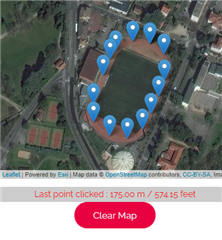Hello all,
I know there are many threads about elevation & ascent problems on the Fenix 6 but I think maybe my problem is just caused by a wrong setting.
I made a 10km time trial on a flat 400m track last saturday, and the Fenix 6 measured a 110m ascent...
Has anybody any idea of what is causing this false measurement ?
I was on auto calibration during activity.
connect.garmin.com/.../5975231805
The (falsely) detected ascent seems repeatable on each lap, and there was a moderate wind, which could have maybe affected the barometer reading ?
What is even stranger is that when I use Altitude correction on Garmin Connect the ascent goes from 110 to 130m !
Probably the DEM map is completely wrong...



